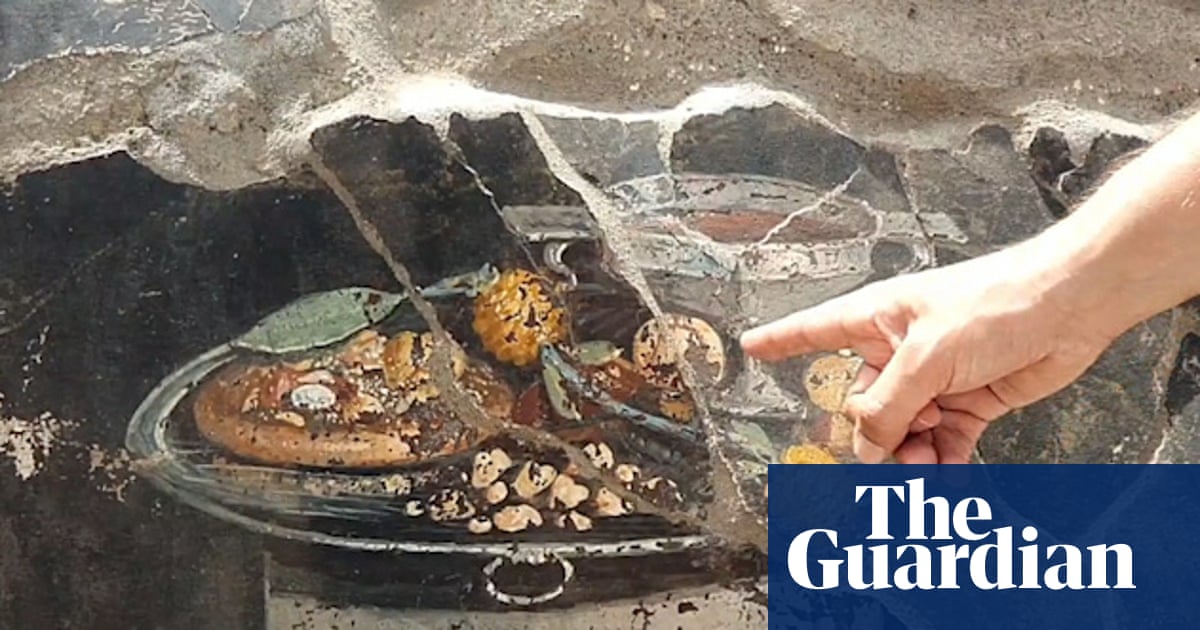Foods similar to flatbreads in other parts of the world include Chinese bing (a wheat flour-based Chinese food with a flattened or disk-like shape); the Indian paratha (in which fat is incorporated); the Central and South Asian naan (leavened) and roti (unleavened); the Sardinian carasau, spianata, guttiau, pistoccu; and Finnish rieska. Also worth noting is that throughout Europe, there are many similar pies based on the idea of covering flat pastry with cheese, meat, vegetables and seasoning, such as the Alsatian flammkuchen, German zwiebelkuchen, and French quiche.
In 16th-century Naples, a galette flatbread was referred to as a pizza; it was known as a dish for poor people, particularly as street food, and was not considered a kitchen recipe until much later.[3] It was not until the Spanish brought the tomato from the Americas and developed the modern variation that Pizzas in their modern conception were invented.[11] It is said that the tomato reached the Kingdom of Naples and Sicily, at the time part of the Spanish Empire, through either Pedro Álvarez de Toledo in the 16th century or viceroy Manuel de Amat, who may have gifted some seeds to the Neapolitans in 1770 on behalf of the Viceroyalty of Peru.[12]
1858 illustration of a pizzaiolo selling his wares
In 1843, Alexandre Dumas described the diversity of pizza toppings.[13] An often recounted story holds that on June 11, 1889, to honour the queen consort of Italy, Margherita of Savoy, the Neapolitan pizza maker Raffaele Esposito created the "Pizza Margherita", a pizza garnished with tomatoes, mozzarella, and basil, to represent the national colours of Italy as on the Flag of Italy.[14][15][16] But the Pizza Margherita already existed: "The most popular and famous pizzas from Naples were the ‘Marinara’, created in 1734, and the ‘Margherita’, which dates from 1796-1810. The latter was presented to the Queen of Italy upon her visit to Naples in 1889, specifically on account of the colour of its seasoning (tomato, mozzarella and basil), which are reminiscent of the colours of the Italian flag."[17] Later research casts further doubt on this legend, also undermining the authenticity of the letter of recognition, pointing that no media of the period reported about supposed visit and that the story was first promoted in the 1930s-1940s.[18][19]
Pizza evolved into a variety of bread and tomato dish often served with cheese. However, until the late 19th or early 20th century, the dish was sweet, not savory, and earlier versions that were savory resembled the flatbreads now known as schiacciata.[20] Pellegrino Artusi's classic early-twentieth-century cookbook, La Scienza in cucina e l'Arte di mangiar bene gives three recipes for pizza, all of which are sweet.[21] After the feedback of some readers, Artusi added a typed sheet in the 1911 edition (discovered by food historian Alberto Capatti), bound with the volume, with the recipe of "pizza alla napoletana": mozzarella, tomatoes, anchovies and mushrooms.[22]
However, by 1927, Ada Boni's first edition of il talismano della felicità (a well-known Italian cookbook) includes a recipe using tomatoes and mozzarella.[23]
Why Is Pizza Round? The Black Goddess of Rome
Why Is Pizza Round? The Black Goddess of Rome by Stuart Dean
From Peasant To Pharaoh: The Popularity of ‘Pizza’ in the Ancient World
Since the ancient times, people have been eating pizza in one form or another. By 2200 BC, Egyptian flatbread was topped with a spread called dukkah and evidence of flatbread consumed in Italy also date back to 2000 BC.
www.ancient-origins.net
A striking still life fresco resembling a pizza has been found among the ruins of ancient Pompeii, although the dish seems to lack two essential ingredients – tomato and mozzarella – and includes an item that looks suspiciously like a pineapple.
The fresco, which dates back 2,000 years, emerged during excavations in the Regio IX area of Pompeii’s archaeological park, which is close to Naples, the birthplace of pizza.
Pompeii fresco find possibly depicts 2,000-year-old form of pizza
Ancient painting includes fruit that looks like a pineapple – although it is almost certainly something else
www.theguardian.com
2
1



